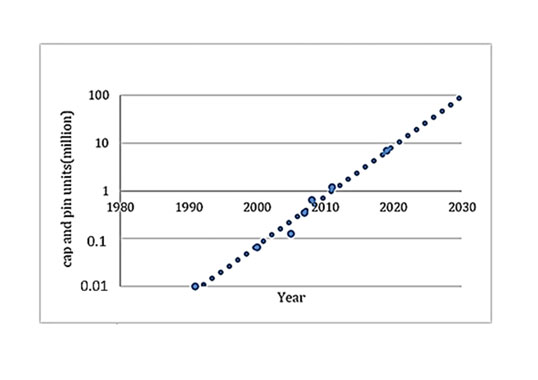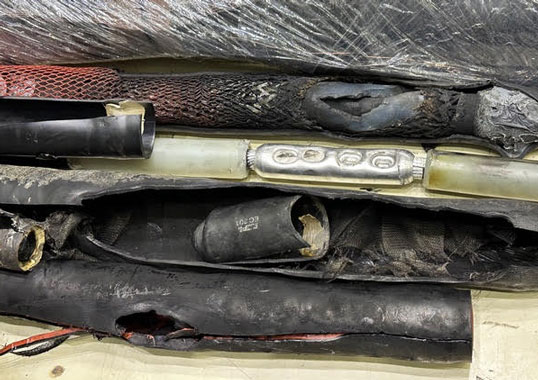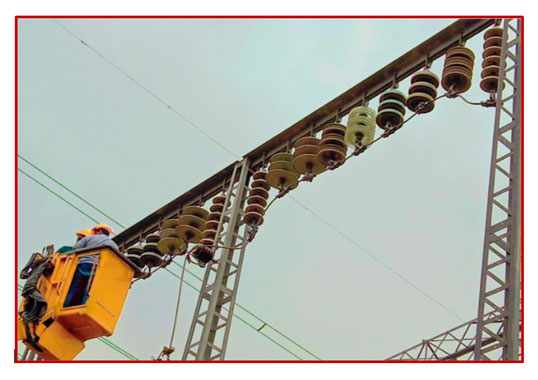Innovative Applications of Hollow Core Composite Insulators by Kamran Khan
If traditional porcelain station post technology sustains catastrophic failure through being overstressed, this is normally easily apparent by fracture of the porcelain body. By contrast, structural damage to an insulator based on composite hollow core technology may not be so easy to detect visually. Examples include cracking of the composite tube or de-bonding of insulator bolting flanges, where rapid detection of such failures is generally obscured by the exterior sheath of silicone sheds. There may also be failure of the fittings, but this can normally be seen. A commonality to all failure modes is that they are all integral to gas pressurization of the hollow composite station post. As such, monitoring gas pressure within a hollow core station post allows extrapolation of the insulator’s mechanical integrity. This presentation introduces the concept of a ‘Smart Insulator’ and reviews field application of this new technology. The term ‘smart’ has become ubiquitous these days and generally connotes a device that has some intelligence. Introduction of such a self-diagnostic capability to station post insulator technology gives credence to this term since structural integrity of the insulator can be assessed immediately after any structurally traumatic event and appropriate action taken.









